intervertebral disc herniation and lumbar disc herniation usually refer to the same disease, professionally known as lumbar disc herniation. Lumbar disc herniation is mainly caused by the rupture of the fibrous ring of the lumbar disc, the protrusion of the nucleus pulposus tissue compressing the nerve roots or spinal cord, resulting in symptoms such as lower back and leg pain. The occurrence of this disease may be related to long-term fatigue, poor posture, trauma, and other factors. Common symptoms include lower back pain, lower limb radiating pain, numbness and weakness. Patients can make a clear diagnosis through imaging examinations and choose conservative treatment or surgical treatment based on the severity of their condition.
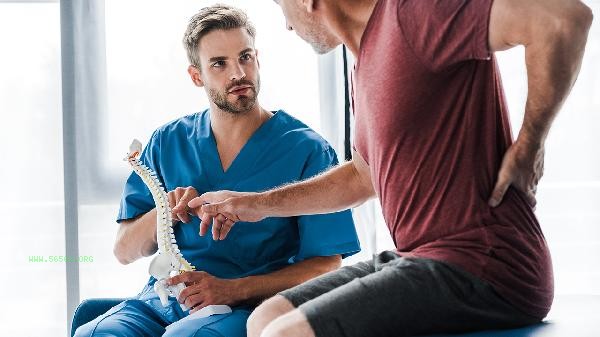
Lumbar disc herniation is more common in the fourth to fifth segments of the lumbar spine and between the fifth lumbar spine and the first sacral vertebra. These two areas bear greater pressure and are prone to degenerative changes. When the fibrous ring ruptures due to long-term strain or sudden external force, the internal nucleus pulposus tissue may protrude posteriorly, stimulating or compressing adjacent nerve roots and causing a series of symptoms. In the early stages, it may only manifest as lower back pain. As the condition progresses, radiating pain in one or both lower limbs may occur, and in severe cases, it may even affect walking and daily life. Some patients may confuse cervical disc herniation with lumbar disc herniation, although both belong to disc herniation, there are significant differences in the location and symptoms of occurrence. Cervical disc herniation is mainly manifested as neck pain, upper limb numbness, and other symptoms, while lumbar disc herniation is mainly characterized by lower back and leg symptoms. Thoracic disc herniation is relatively rare, and the symptoms are also different from other parts. Therefore, accurately distinguishing the site of occurrence is crucial for diagnosis and treatment planning. For patients with lumbar disc herniation, attention should be paid to maintaining the correct posture in daily life, avoiding prolonged sitting and standing, and excessive lumbar fatigue. During the acute phase, patients should rest in bed. After relief, moderate back and waist muscle exercises such as the five point support method and Xiaoyanfei can be performed. Eating foods rich in calcium and protein can be supplemented appropriately to promote bone and muscle health. If conservative treatment is ineffective or symptoms worsen, timely medical attention should be sought to consider surgical treatment options, such as discectomy, interbody fusion, etc. Regardless of the treatment method adopted, it should be carried out under the guidance of a professional physician.
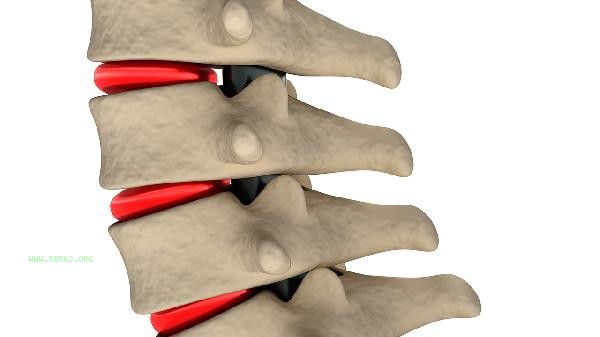
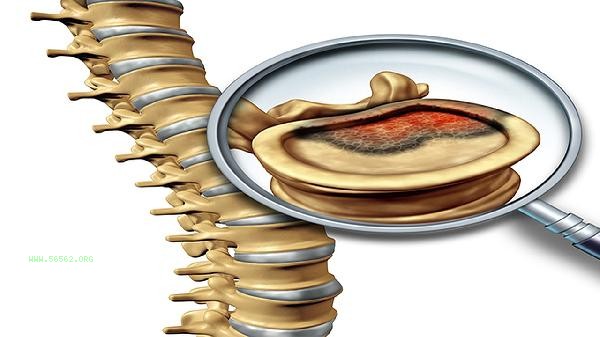


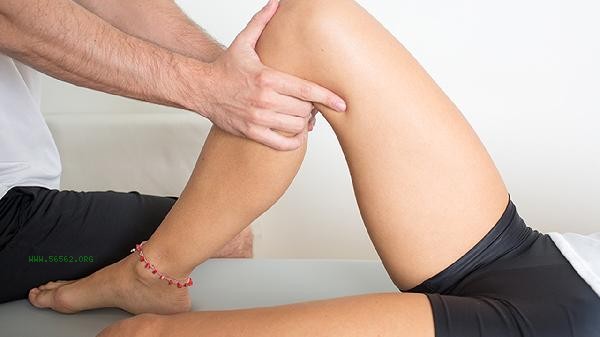
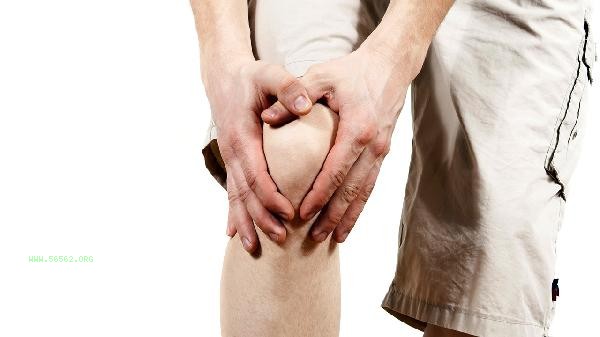

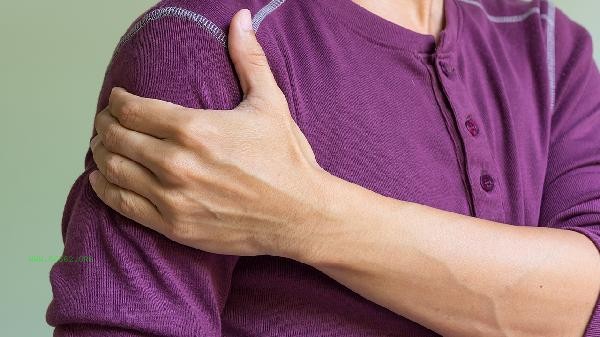


Comments (0)
Leave a Comment
No comments yet
Be the first to share your thoughts!